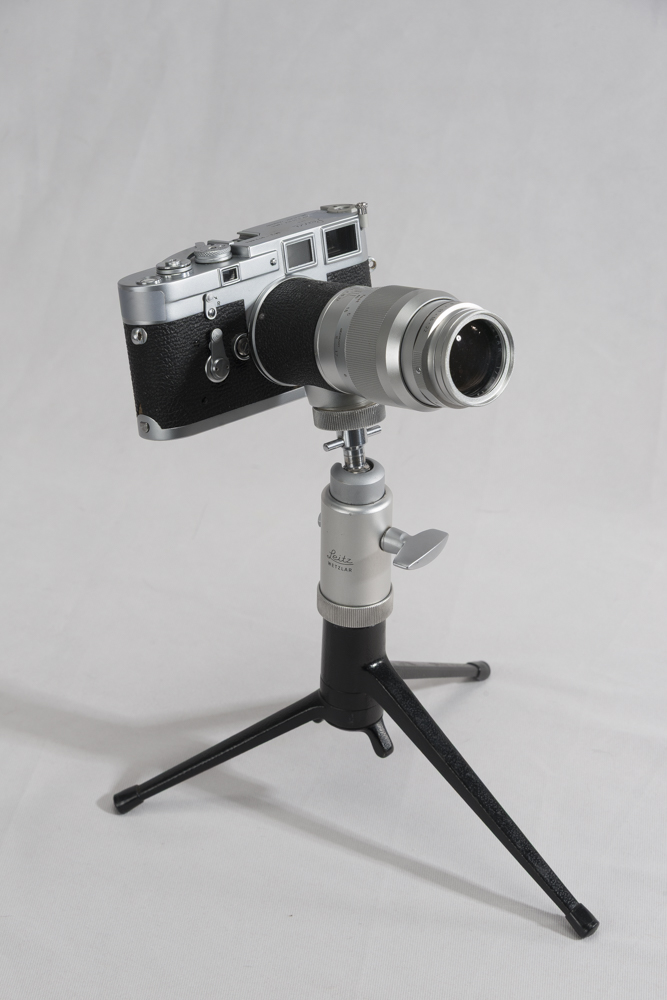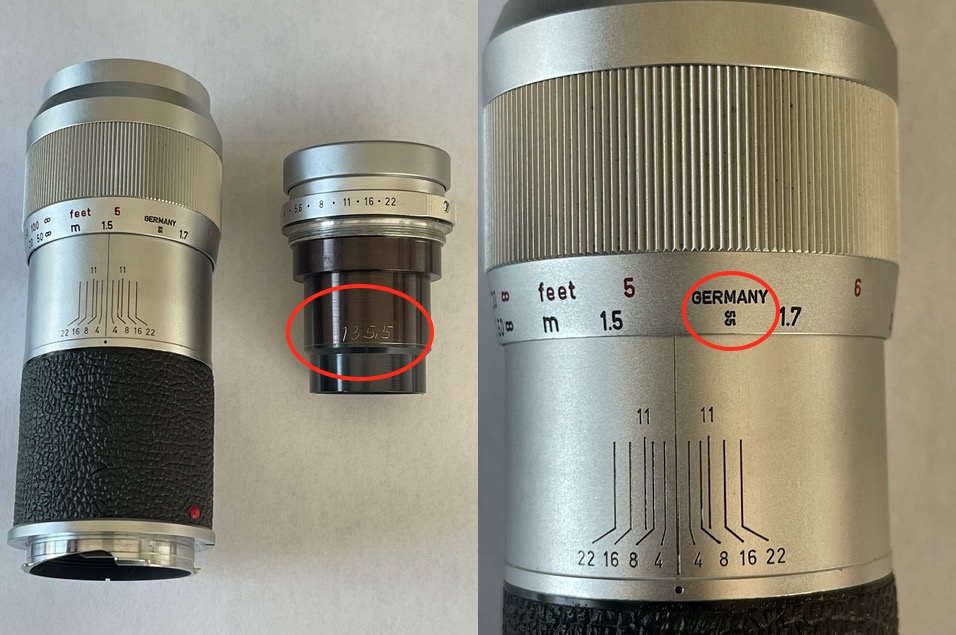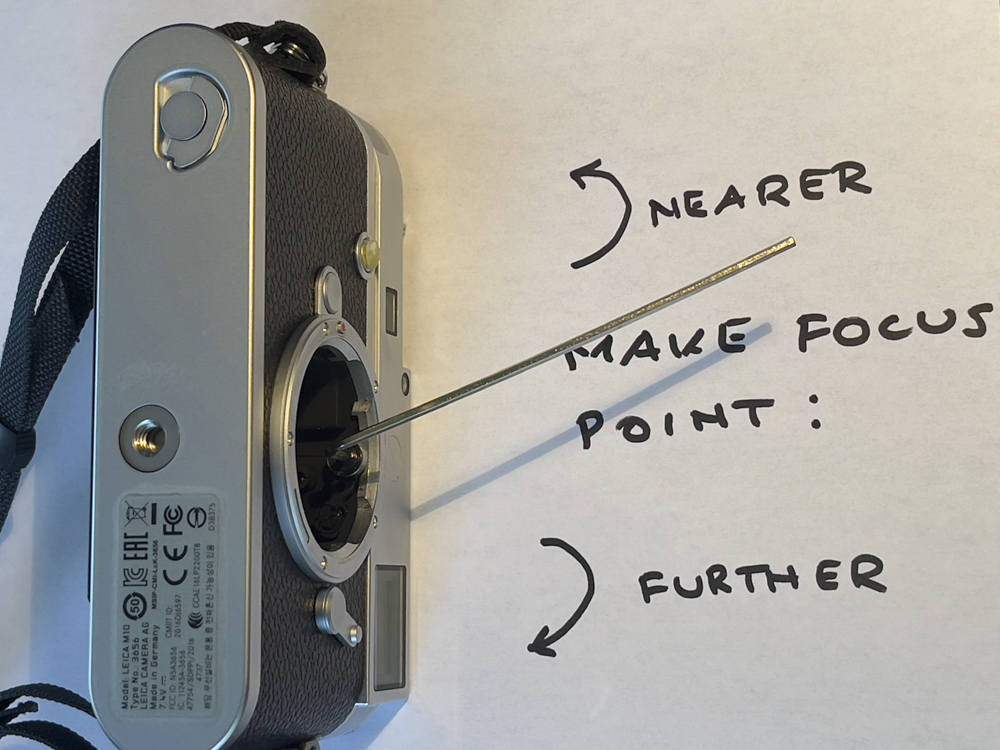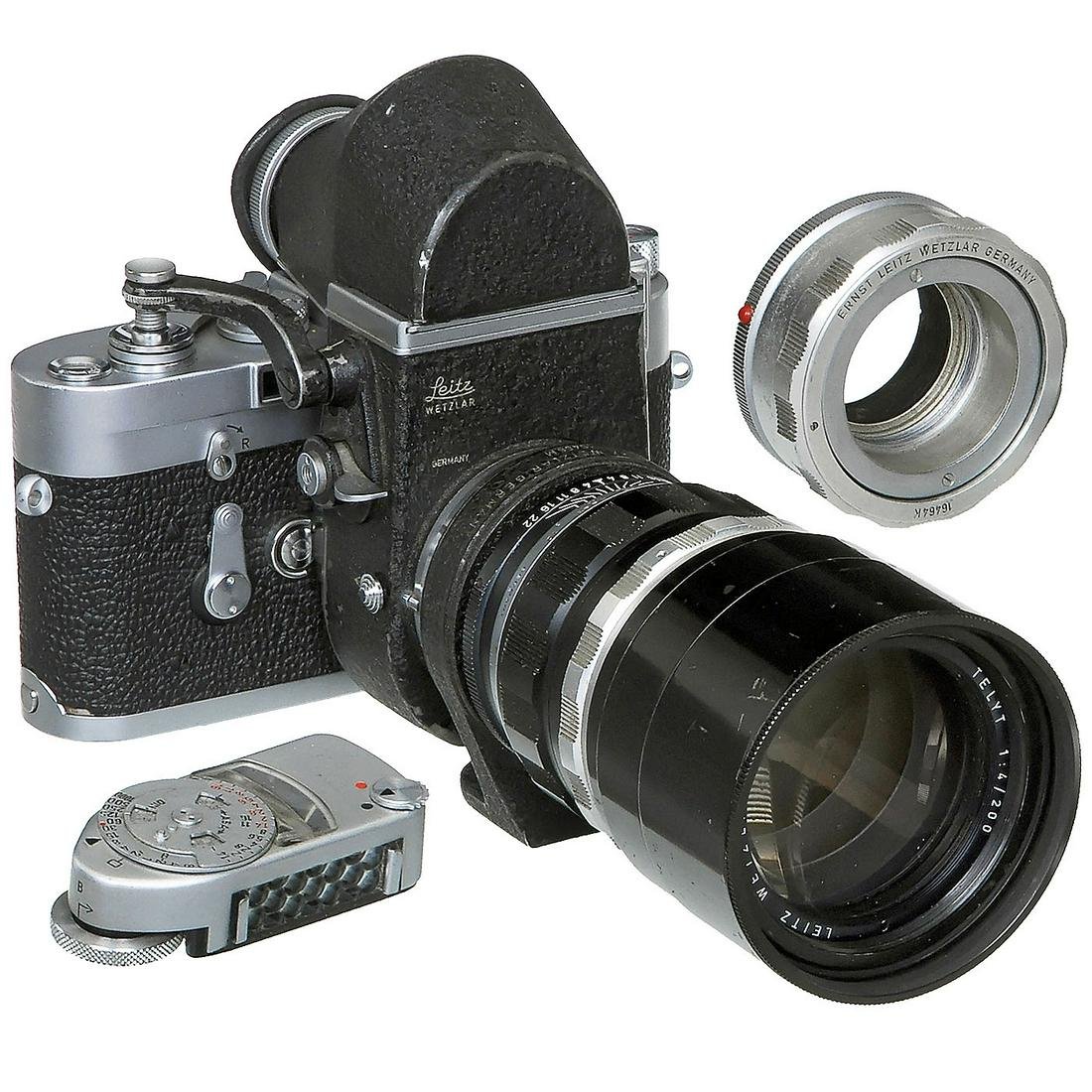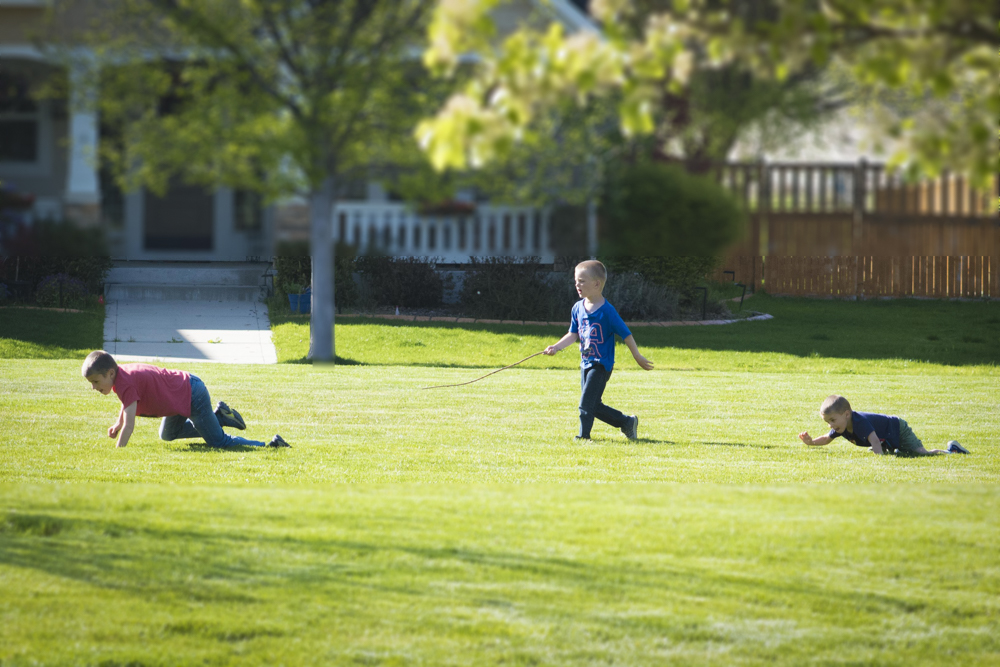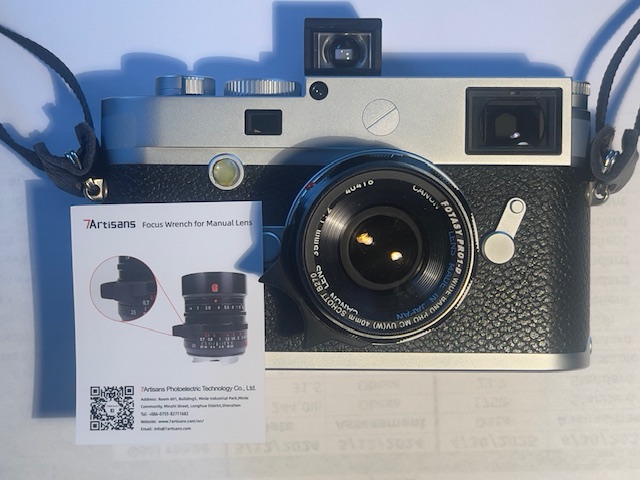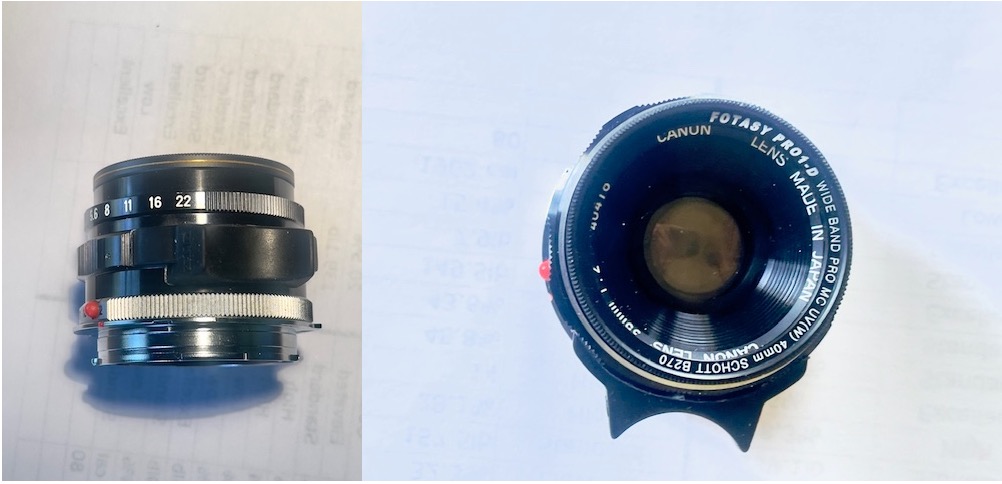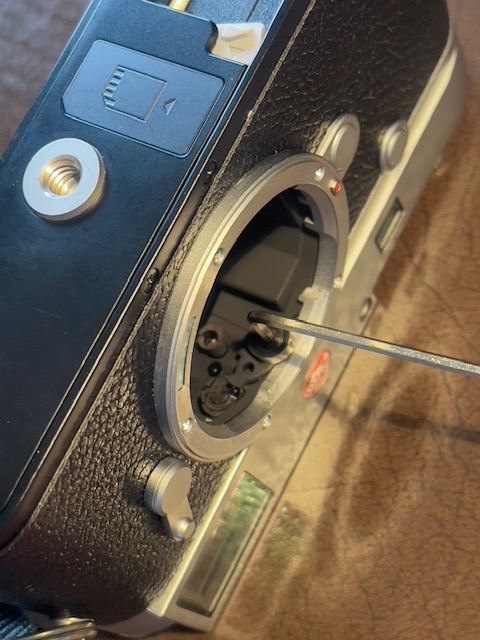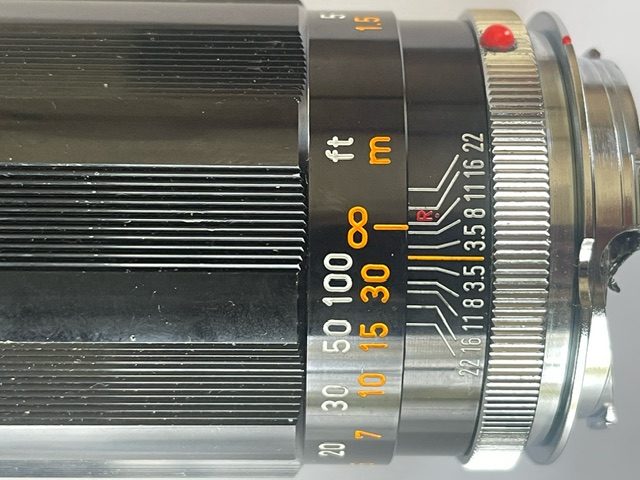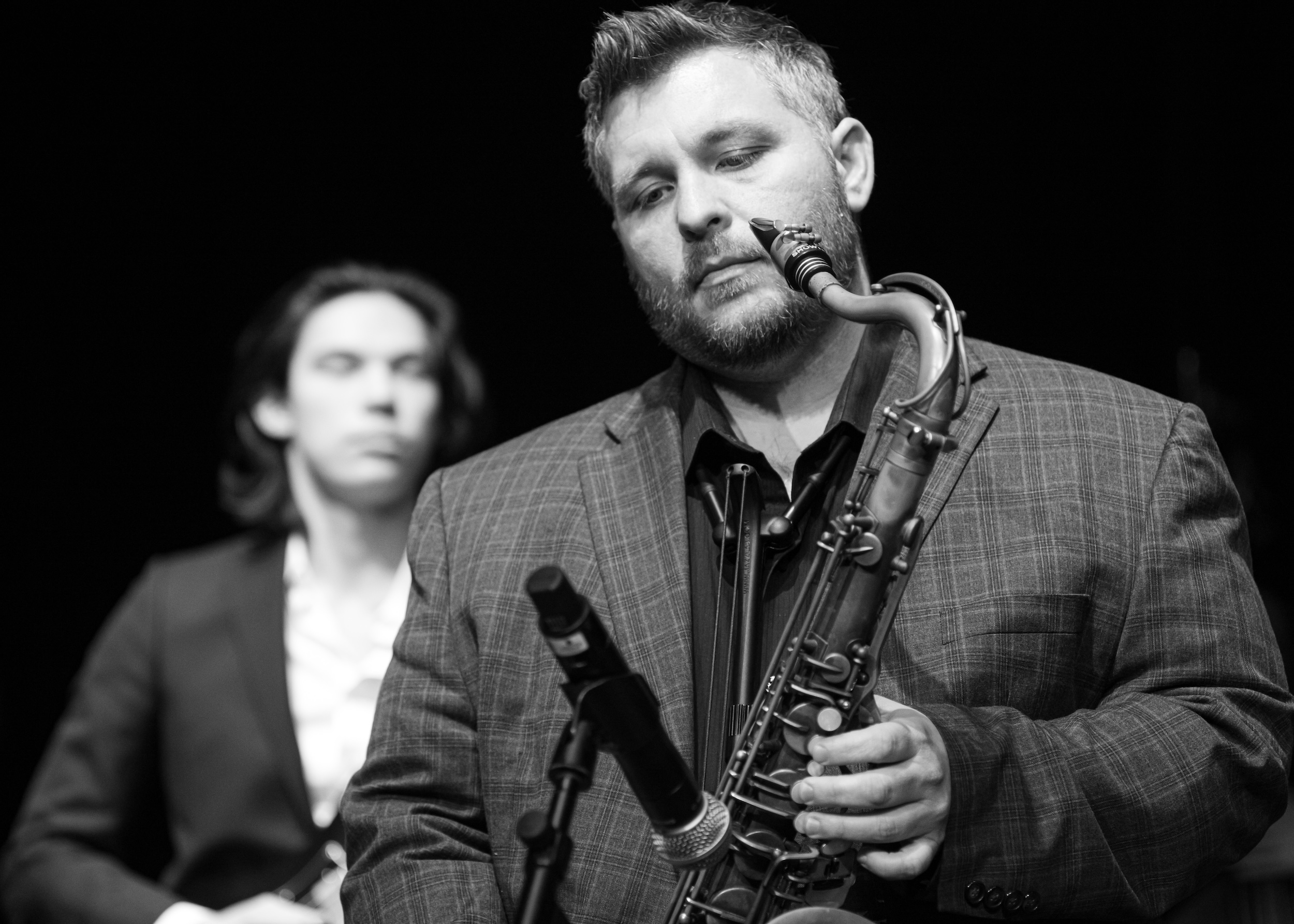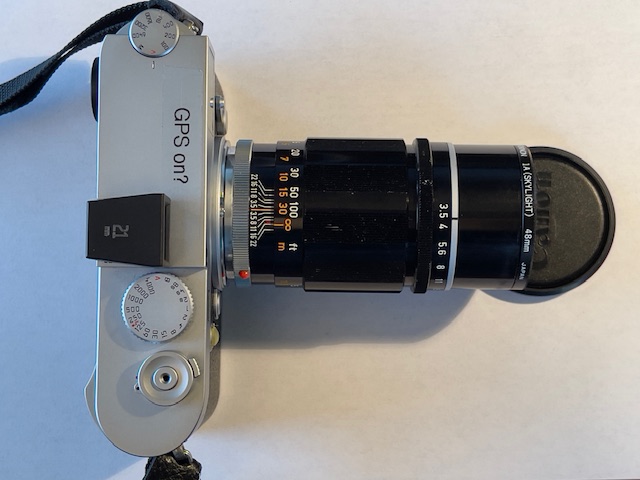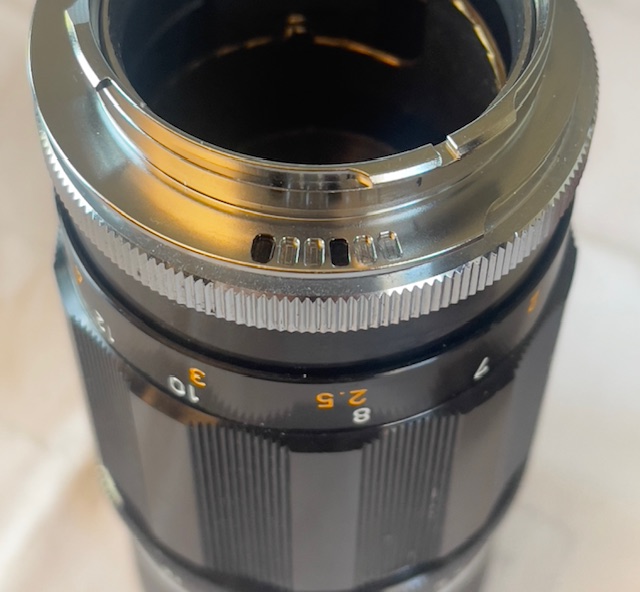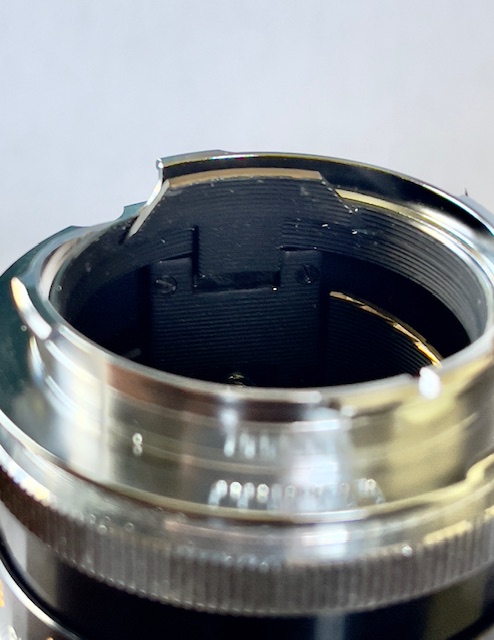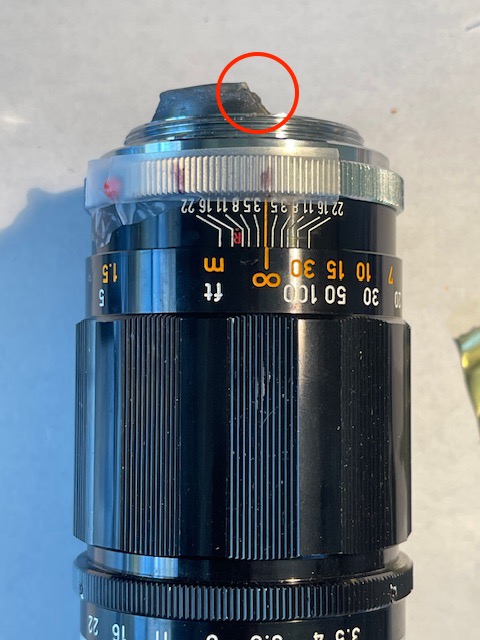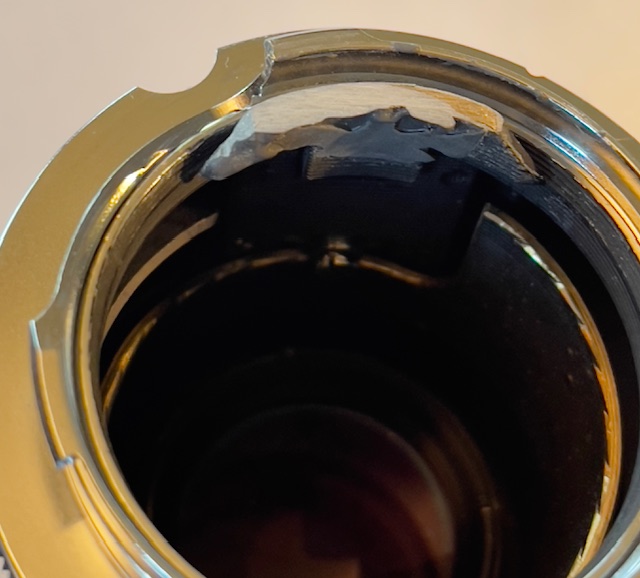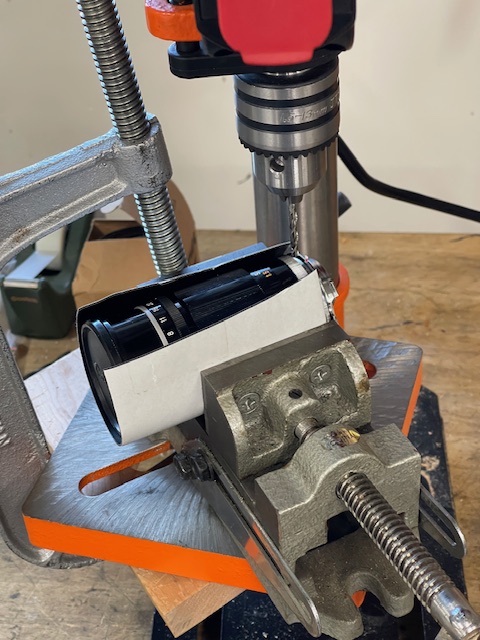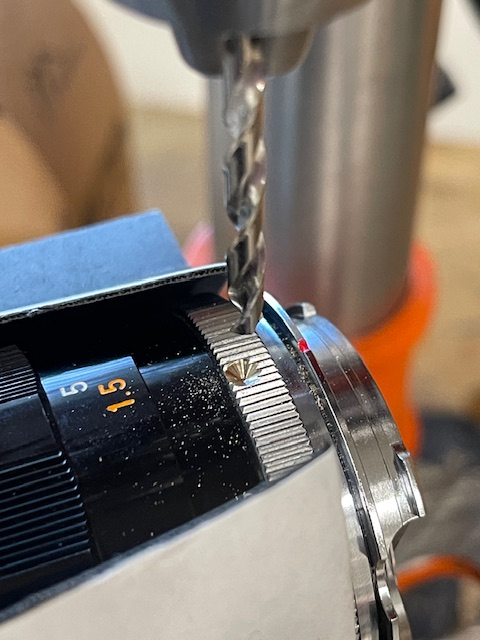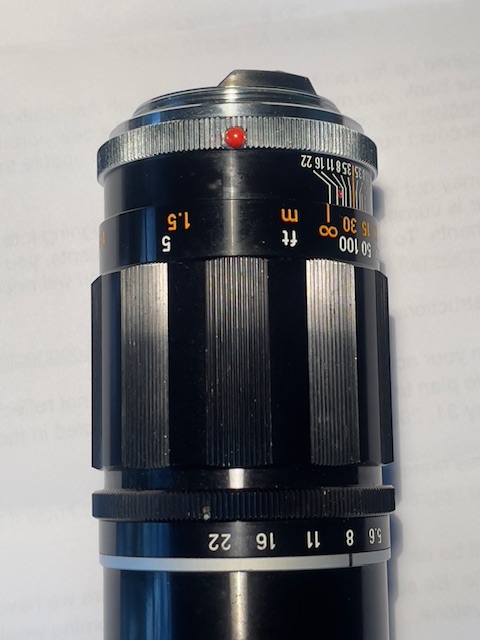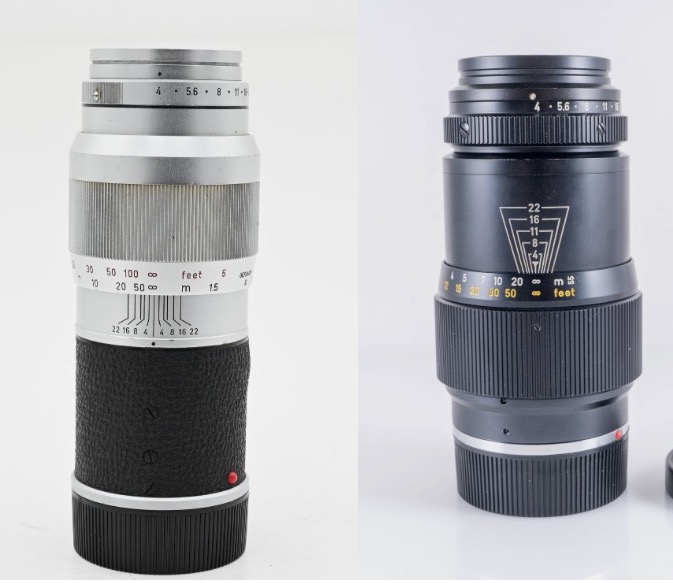Great bargains.
For an index of all Leica-related articles click here.
Background:
This piece summarizes the specifications, costs and modifications made to my recently acquired kit of five lenses, ranging from 21mm to 135mm, for the Leica M10. They are every bit as usable on film M bodies. Well, some of the time. Two or three are from Canon (depending on your 135mm choice), one or two are from Leitz (ditto) and one is from Voigtländer. With the exception of the 21mm Voigtländer Color-Skopar VM Aspherical all are over 50 years old and the average cost was under $400. That’s chump change compared with what Leica’s contemporary optics command on either the new or used market.
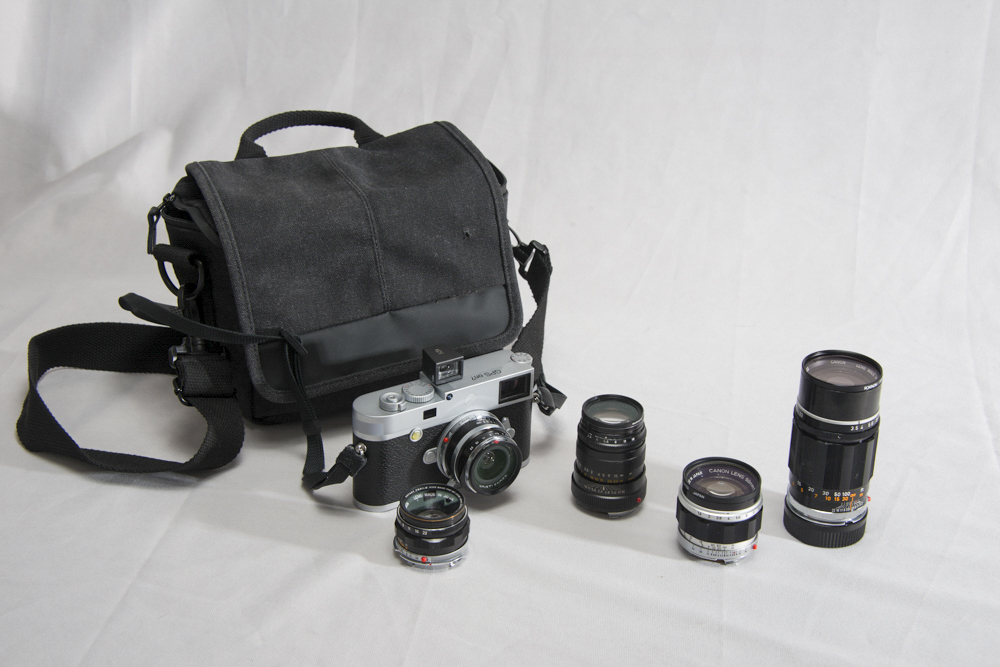
The Leica M10 outfit. The 21mm lens is on the camera with its auxiliary finder.
135mm Leitz Elmar not shown.
Dispelling a myth:
I keep reading that ‘modern digital sensors out resolve older lenses’. This is a meaningless statement. Out resolve compared with what? I can state from experience that every one of these lenses delivers much higher and finer grained resolution on the M10’s 24mp sensor than even the best technique used with a film M body and fine grained Kodak Ektar 100. Further, the Ektar is so slow it is very likely that camera shake will be added to the image owing to the need for longer, resolution-destroying shutter speeds. When it comes to the 135mm focal length where camera shake is especially prevalent, it’s little exaggeration to say that poor light hand-held photography with film is a waste of time. Where the M10 – happily cranks up the ISO to a noise-free 6400, the film-loaded M remains stuck at 100. That’s 6 stops slower. Stated differently, the digital snapper will be using 1/500th at f/4 whereas the proud owner of the M2 or M3 will be using 1/8th at the same aperture. Night and day different. Still, the film guy does get to enjoy the sensation of winding on from one blurred frame to the next. Or maybe his deliverable is a postcard-sized print? What a waste of a Leica.
So forget the ‘out resolve’ nonsense, forget film and enjoy these lenses better than they ever were back in the day by using a modern digital sensor and a short shutter speed. The later M10R (40mp) and M11 (60mp) upped the resolution ante and dynamic range, so you can expect even better results with these later digital bodies.
Drawbacks?
Sure, the ancient single coating on older lenses is far less flare resistant than the multi-coating applied to modern optics. But then again, the film era snapper did not have Lightroom, and a couple of simple tweaks on the sliders, especially the ‘dehaze’ one, and your ancient lens just acquired the equivalent of modern coatings. Takes less time to do than to write.
Age:
With lenses over 50 years old expect to have quite a search for good examples. Lubricants dry out, multiple owners suggest a possibly troubled history, poor storage leads to rust or oil on the diaphragm blades with haze, scratches and mould common. So be a skeptical buyer and ask all the right questions to put matters on the record with eBay should the seller lie to you.
Enhancements:
- The shoulder bag is described here.
- The 21mm finder is described here
- Replacement of the ghastly red dot is here.
- The added silicone dome on the Focus button is here.
Non-Leica glass:
If you think only Leica glass should grace a Leica body cease reading this. Any number of aftermarket makers made and make fine optics for the Leica rangefinder bodies. Get real.
When I acquired my Leica M10 I was certain of one thing. I was not going to buy Leica glass – new or used – at the exorbitant prices demanded. The sole exceptions are the Leitz Canada 90mm Tele-Elmarit, as it is bargain-priced on the used market, and the similarly bargain-priced 135mm Elmar. Some of the great classic Leica Thread Mount (LTM) lenses were made by Canon in the 1960-70 era and these are abundantly available used, albeit largely from Japanese vendors whose prose on eBay is optimistic, to put it mildly. ‘Mint’ in Japanese English pretty much means ‘shot’, as often as not. But that’s nothing some serious due diligence, done before hitting the ‘Buy’ button, would not overcome. Canon made some outstanding lenses in that era.
While there are many new contemporary Chinese lenses to be had at bargain prices, most have very large apertures along with the bulk and weight those bring, not in keeping with the Leica concept of ‘small camera, small lens’. Plus I’m naturally averse to buying products from a nation sworn to destroy us. So those were not candidates.
Outlay:
My total outlay for all five optics was $1,500-$1,600, which is half the amount you can expect to pay for one contemporary used Leica lens. That’s more a comment on Leica’s ridiculous pricing, not on my ability to track down bargains. Here they are with links to my historical notes as well as to resolution tests. You can pretty much correct for most lens faults in Lightroom but you cannot find resolution if it’s missing. In summary, these old lenses have never been better.
The cost shown below in all cases includes a protective UV filter (do not waste money on Leica branded filters which cost ten times what regular ones sell for) and an LTM-to-M bayonet adapter for the three LTM lenses. Again, avoid the Leica branded adapters ($$$). I do not use lens hoods, finding them to largely be a waste of time, with bulk added. If you get flare the ‘Dehaze’ slider in LRc is your friend.
Finish quality:
Engraving quality on the three Canon lenses is as good as it gets, meaning Leica quality, and the paint filling shows no sign of fading or discoloration. Black anodizing and satin chrome and equally high quality. Those on the Voigtländer are a step down and quite why they cannot provide proper indexes for mounting and for the aperture ring is a mystery. The paint fillings on the aperture ring of the Leitz 90mm lens were badly faded and had to be refreshed. Easy fix.
6-bit coding:
6-bit coding is the bees’ knees, enhancing already fine performance with digital sensors. It’s also very easy to add. I use the cheap Fotodiox LTM-to-M bayonet adapters which come in plain and 6-bit coded versions for very little. All five are 6-bit coded to ensure correct EXIF lens data. The Tele-Elmarit came with a 6-bit flange but I had to add codes to the other four lenses.
Optical quality and weight:
All five are optically and mechanically outstanding with most peaking a stop or two down from fully open. The exception is the 135mm Elmar which is pretty much perfect at full aperture. Weights below are with a UV filter in all cases and LTM-to-M bayonet adapters for the three Canons. The weight of all five optics combined is just 2 lbs. 12 ozs. with only the 135mm not really being pocketable.
Very wide – 21mm f/3.5 Voigtländer Color-Skopar VM Aspherical:
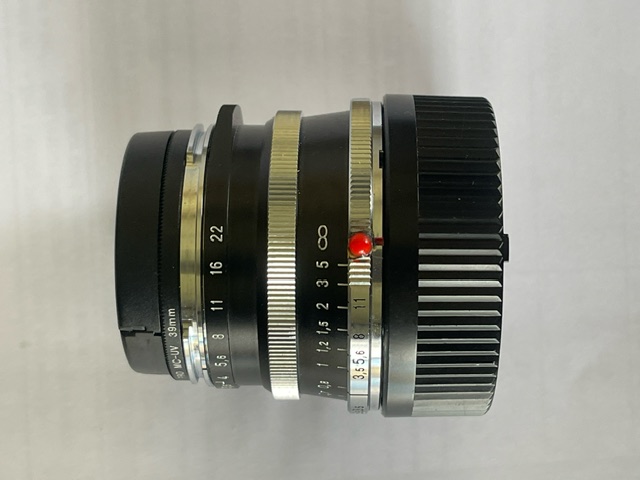
Background: Here
Resolution tests: Here
Cost: $350 used – like new
Crappy 21mm finder: Here.
Filter size: 39mm
Minimum focus distance: 0.5 meters, couples down to 0.6 meters
Weight: 185 grams/6.5 ozs. The finder adds 0.2 ozs.
6-bit code: ‘000001’ (Elmarit-M 21mm f/2.8)
Modifications: Red dome mounting index added. Aperture index added on UV filter.
Leica equivalent: 21mm f/3.4 Super Elmar-M ASPH – $3,600
Notes: The Color-Skopar is available new for $650. The stock mounting and aperture indexes are shockingly poor. The lens is optically outstanding but flare resistance is no better than with the older lenses. US seller.
Wide – 35mm f/2 Canon LTM:
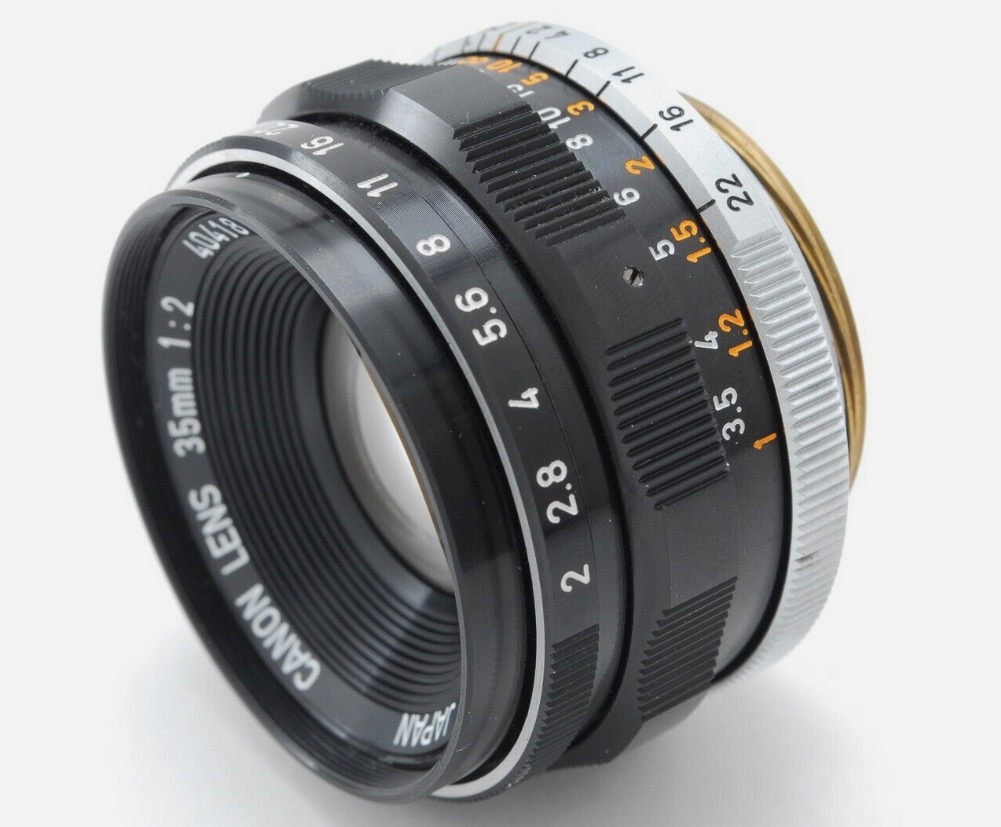
Background: Here
Resolution tests: Here
Cost: $400 used – like new
Filter size: 40mm
Minimum focus distance: 1 meter
Weight: 139 grams/4.9 ozs.
6-bit code: ‘000110’ (Summicron-M 35mm f/2 (IV))
Modifications: Red dome mounting index added.
Leica equivalent: 35mm f/2 Summicron-M ASPH – $4,200
Notes: An absolute gem, if you can find a clean one. Japanese seller.
Standard – 50mm f/1.4 Canon LTM:
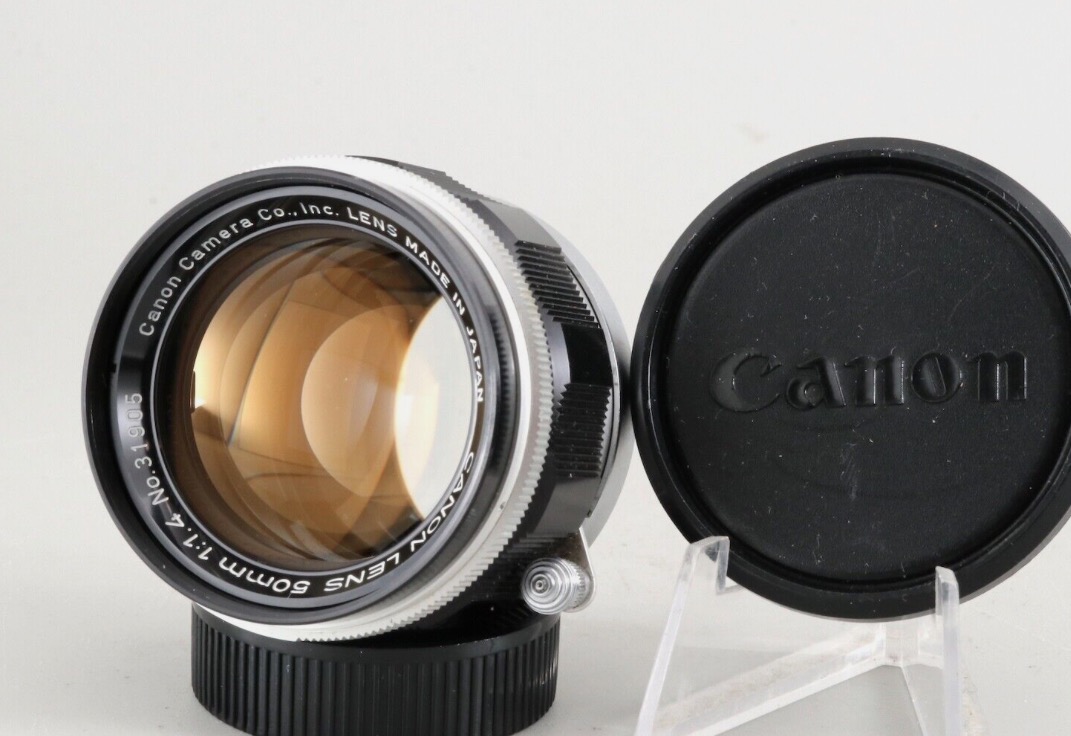
Background: Here
Resolution tests: Here
Cost: $300 used – like new
Filter size: 48mm
Minimum focus distance: 1 meter
Weight: 269 grams/9.5 ozs.
6-bit code: ‘000101’ (Summilux-M 50mm f/1.4 (II))
Modifications: Red dome mounting index added.
Leica equivalent: 50mm f/1.4 Summilux-M – $4,800
Notes: The lens locking button fell off and I had to procure an aftermarket spring to get things back together properly. That and a drop of Loctite 242 to keep the assembly bolted together. A fine lens if you can find a clean one. Japanese seller.
Portrait – 90mm f/2.8 ‘thin’ Tele-Elmarit:
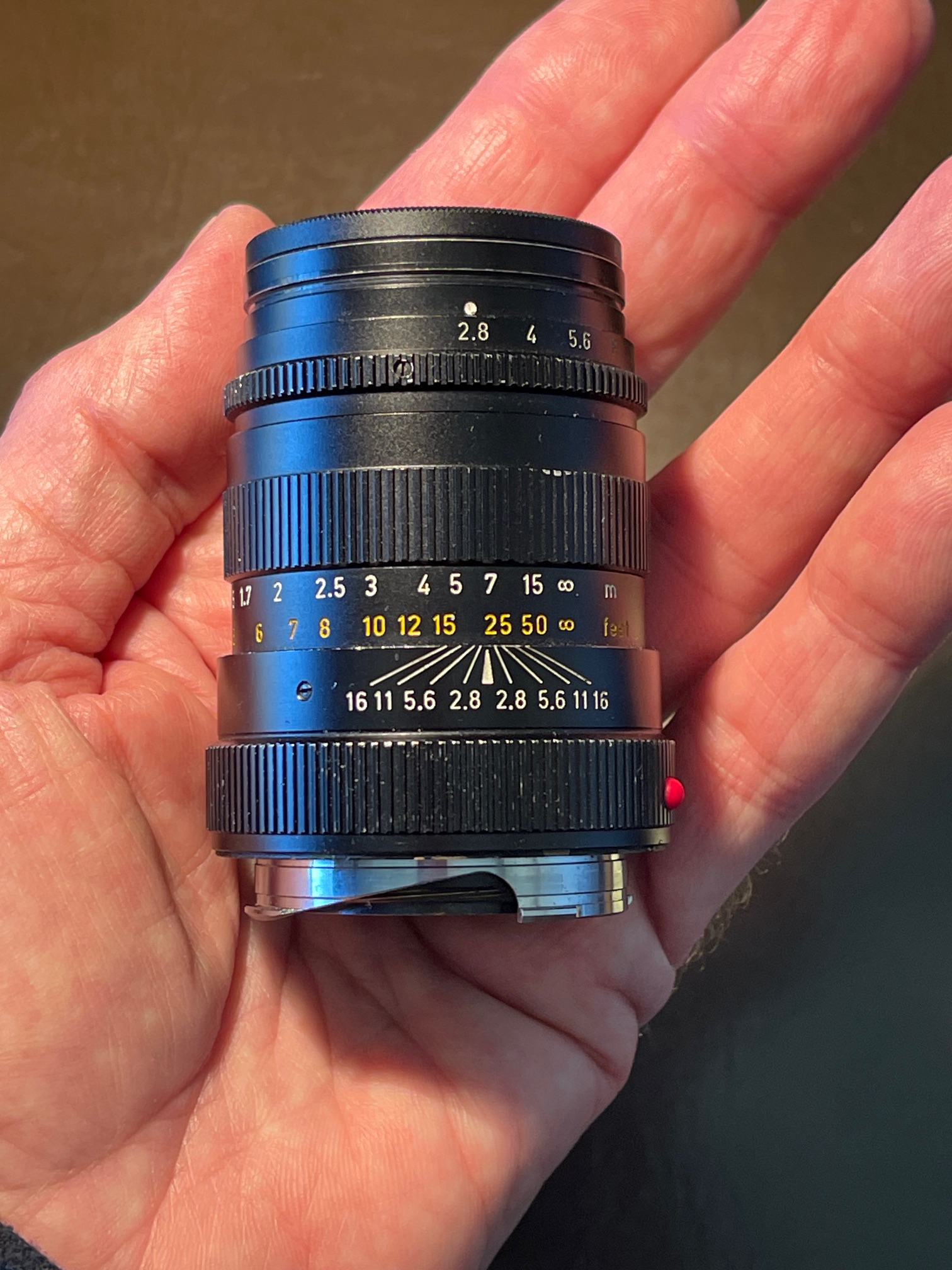
Background: Here
Resolution tests: Here
Cost: $460 used – good user, some dust inside, otherwise clean glass
Click stops: Irritating half stop clicks
Filter size: 39mm
Minimum focus distance: 1 meter
Weight: 217 grams/7.7 ozs.
6-bit code: ‘000100’ (Tele-Elmarit-M 90mm f/2.8 (II))
Modifications: None
Modern Leica equivalent: 90mm f/4 Macro-Elmar-M – $4,200
Notes: It’s tiny, and bargain-priced as these things go. Stop it down to f/4 or smaller and it’s excellent at all apertures thereafter. I had to refill the paint fillings for the faded aperture markings. US seller.
Telephoto – 135mm f/3.5 Canon LTM or 135mm f/4 Leitz Elmar:
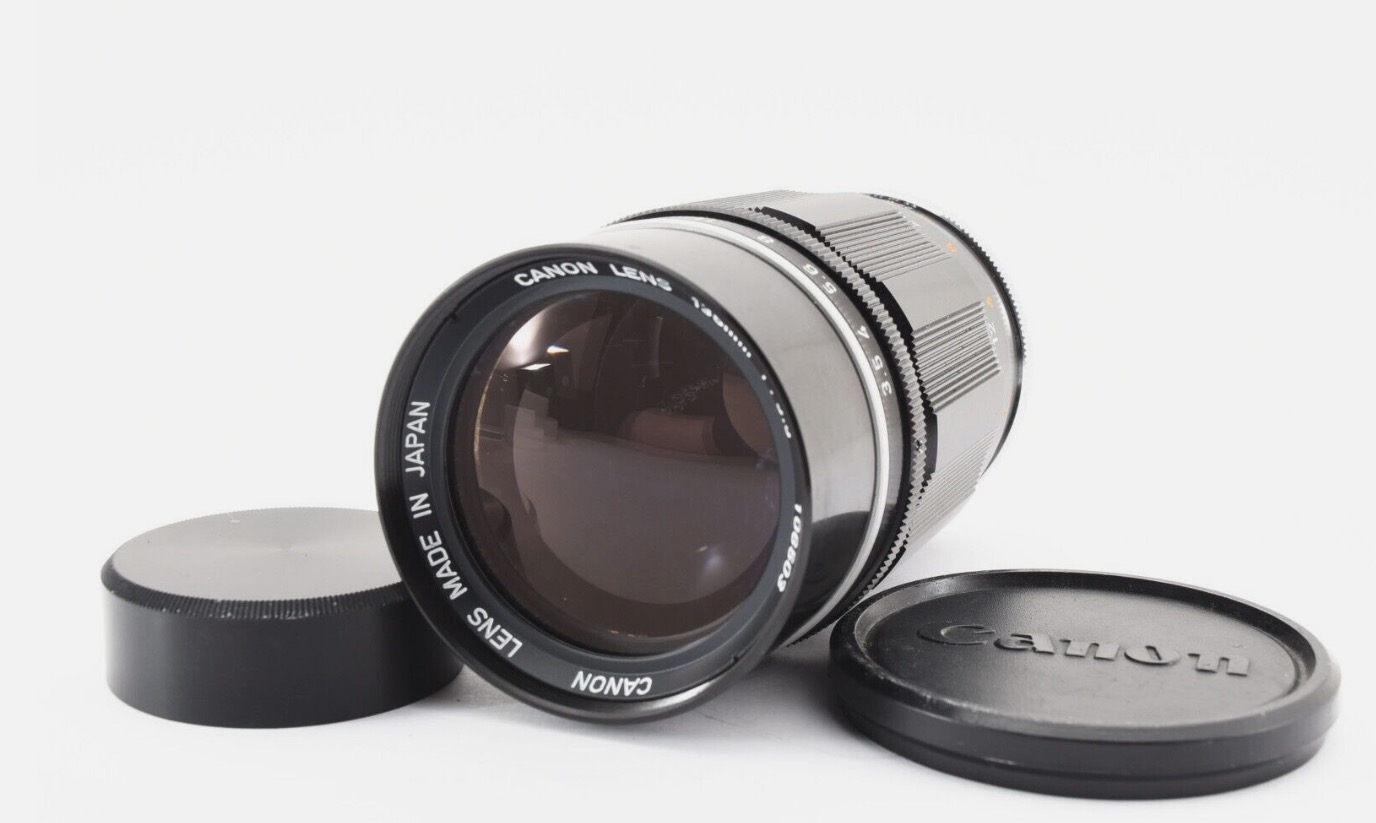
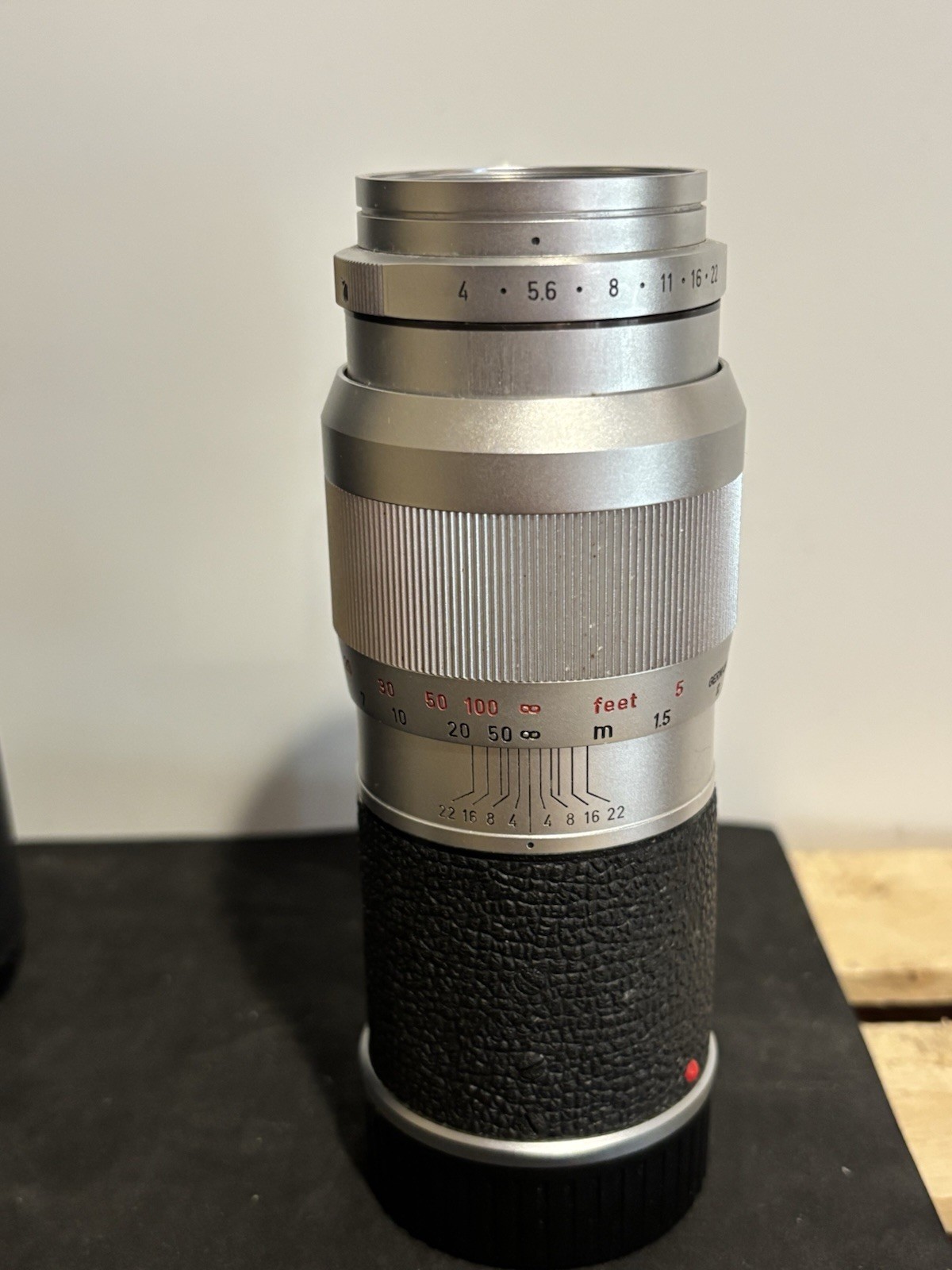
Background: Here
Canon resolution tests: Here
Canon modifications: Red dome mounting index added. Focus cam extended and modified with epoxy for accurate focusing. The stock positioning of the cam prevents the rangefinder in any Leica M from working properly.
Cost: Canon – $148 used – mint, close to new. Leitz – $262 – used, mint
Click stops; Full stops on the Canon, frustrating half stops on the Leitz
Filter size: 48mm/39mm
Minimum focus distance: 1.5 meters
Weight: Both – 446 grams/15.8 ozs.
6-bit code: Canon – ‘001001’ (Elmarit-M f/2.8); Leitz – M10 set to 135mm f/2.8 uncoded lens
Modern Leica equivalent: 135mm f/3.4 Apo-Telyt-M – $3,400
Notes: Both are as good as it gets for very little money. The Canon is the 8th and last version made, 1971. Japanese seller. The Leitz was made in 1960. US seller. While the Canon needs cam modification, the Leitz lens works straight out of the box. In either case correct rangefinder alignment is critical for accurate focus and even then accurate focus remains a challenge at larger apertures and/or closer focus distances. I recommend focus bracketing. The Elmar is meaningfully better than the Canon as regards both resolution of fine detail as well as absence of flare at all apertures. Make Really Large Prints and you will see the difference. But it also costs a little more. The Leitz lens cannot be 6-bit coded but by leaving the camera manual lens setting at ‘135mm f/2.8 Elmarit’ that profile is automatically invoked when this sole uncoded lens is mounted. All the other lenses are 6-bit coded and will invoke the correct profile for each, overriding this manual setting.
